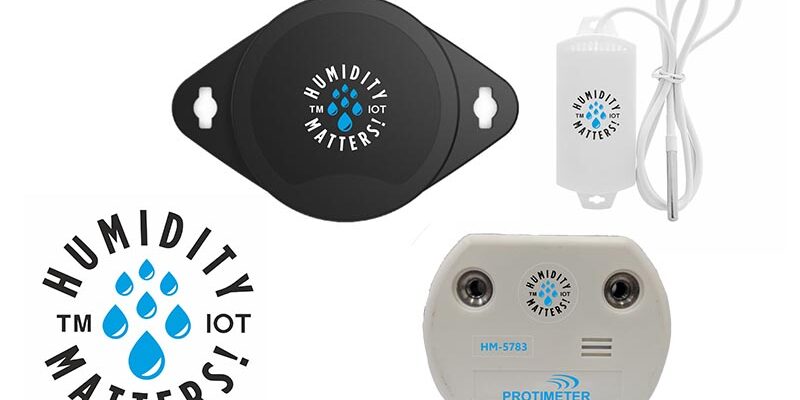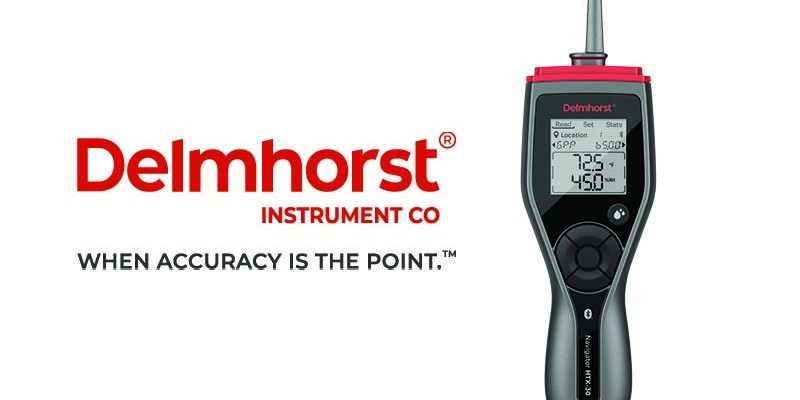Truckmount Maintenance

If you operate a truckmounted carpet cleaning machine, you no doubt made that particular buying decision, in part, because you wanted more power — especially for those really dirty jobs.
You wanted more heat, more pressure, more vacuum…
And, no doubt, you were very satisfied with what was delivered.
But, in time, you might have encountered some specific challenges with your truckmount. Some common challenges include:
- Reduced or loss of heat
- Reduced or loss of pressure or flow
- Reduced or loss of vacuum.
You might have scratched your head wondering why this was happening to you.
These are typical maintenance issues that occur from time to time.
With a machine with moving parts, you must perform proper, regular maintenance to keep everything in good running condition.
Loss of heat
There are many things that can create a loss of heat.
“A good rule of thumb,” said Jerry McKillip, national service and training manager with Prochem, “is if you are not getting enough heat, the unit is bypassing too much water; if you are getting too much heat, the unit is not bypassing enough water.”
McKillip said that most truckmounts are equipped with a bypass valve, which allows the proper amount of solution to move through the machine, limiting overheating of the water. “When a bypass valve is open,” he said, “it can bypass as much as a gallon per minute, cutting down the dwell time.”
Besides a stuck valve, it can be leaking. Many of the valves on the market have a stem and a seat. These need regular maintenance.
Plugged heat exchangers, if you are running that type of system, can also be a challenge.
“Plugged heat exchangers can cause all types of problems, from overheating to low heat, “McKillip warned. “Hard water scaling is the most common cause of heat exchangers plugging up. The hard water deposits will attach to the inside of the water pumping system, restricting airflow.”
There are a few options available: Regular descaling or using a water softener.
Signs of problems can be visual, such as a white scaling, if you have a truckmount solution screen. Inspect carefully for scaling. Looking inside fittings and hoses can provide you important information.
The outside of heat exchanges need attention, as well.
“Over time, copper and stainless steel heat exchangers can become plugged with carpet lint or carbon buildup from engine exhaust,” McKillip said. The cleaning and maintenance of the heat exchangers is something that can be easily overlooked. It”s a maintenance procedure that should be scheduled.”
Loss of pressure and flow
Heat is a good thing to have, but you also must deliver the goods.
Loss of solution pressure and water flow is another challenge some face from time to time.
“If there is an excessive pressure drop when the trigger is operated, there could be a sticking regulator. When this happens, disassemble, clean and lubricate,” advised Marcus Van Wyck, technical support specialist with HydraMaster Corporation.
In addition, some may suffer from a pressure drop at the tool, but notice that the pressure gauge at the machine holds steady. If this is the case, there is probably an obstruction in a quick connect or there could be a plugged filter screen. “Clean the filter screen first,” Van Wyck said, “and, if the problem persists, remove the quick connects from the hose to check for debris.”
Erratic pump pressure can occur, as well.
“There can be debris stuck in the check valves, damaged check valves or a loose pump drive belt,” Van Wyck said.
If there is no pressure and the pump has no output, there could be a broken internal spring in the regulator, which you can check by removing the fitting on the inlet of the regulator.
Loss of vacuum
Loss of vacuum can occur when the tank lid gasket is missing or cut. This is a common occurrence.
“Inspect the lid gasket and make sure the lid is not warped, creating a gap,” according to Van Wyck.
An obvious problem may be a hole in the vacuum hose between the blower and the tank.
“The vacuum hose can melt if it is too close to the exhaust,” warned Scott Warrington, a technical support expert with Interlink Supply and Bridgepoint Systems.
His advice is simple: “Cut off the end of the hose, attach the vacuum cuff and get back to cleaning.”
Warrington recommended to always have replacements on hand for common repairs.
Besides a leaky hose, “live” vacuum connections with a large amount of vacuum hoses left on the reel means there could be diminished vacuum power.
And then there are — sometimes — the embarrassing moments.
“Sometimes, after intense diagnosis,” Van Wyck laughed, “after checking all other things, we remember to check the simple stuff… is the dump valve open?”
Jeff Cross is the senior editor of Cleanfax magazine and an industry trainer and consultant, and offers carpet cleaning marketing, disaster restoration marketing and contract cleaning marketing seminars and classes through Totally Booked University (www.cleaningprofessor.com and www.totallybookeduniversity.com), and also IICRC technical training for carpet and furniture cleaning, spot and stain removal and carpet color repair. For more information, visit his technical cleaning website and marketing training website.












